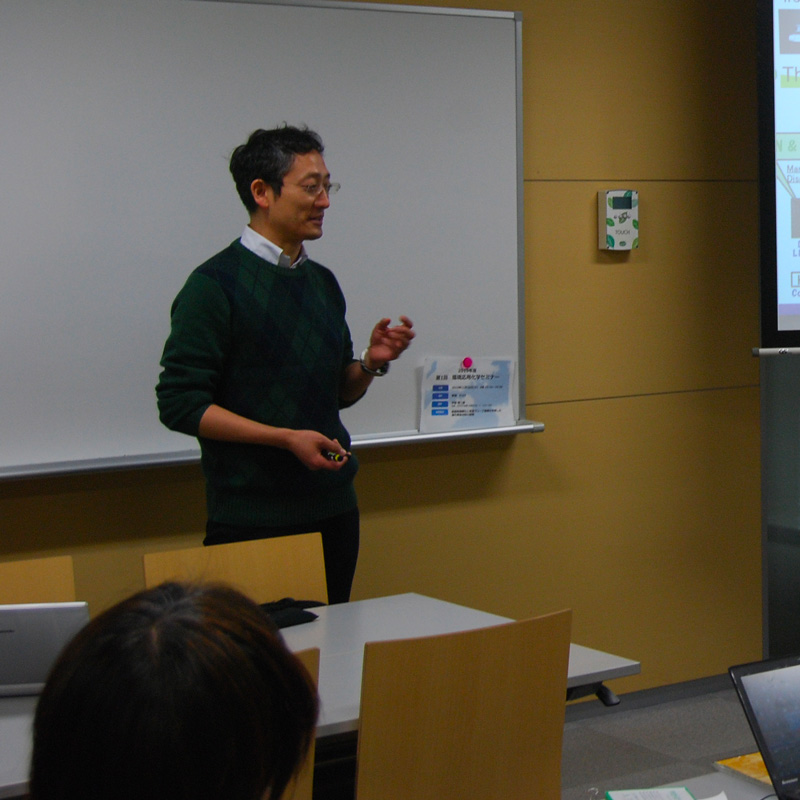
- Name
- Takaya AKASHI
- Major
- Applied Chemistry
- Lab.
- Laboratory of Inorganic Solid State Chemistry
- Research Fields
- Recycle of metals from discarded electronic devices by thermal reduction in spouted bed reactor, Mounting of laminated ceramic particles on alloy for improvement of the durability of the alloy, Fabrication of oxide and non-oxide ceramic for high-temperature applications, Fabrication of capacitor for high-temperature applications using ferroelectric BaTi2O5
- Keywords
- Solid state reactions, Thermodynamics, Reaction kinetics, Electrical properties, High-temperature oxidation, Thermal reduction, Spouted bed reactor, Metal recycling, Sintering, Bonding
Our research group is challenging to crate inorganic materials and high-temperature processes which contribute to sustainable society from the view point of thermodynamics, reaction kinetics, and chemical engineering. The recent research topics are (1) recycle of valuable metals from discarded electronic devices, (2) mounting of laminated ceramic particles on alloy via metal interlayer, (3) improvement of resistance to high-temperature oxidation of silicon carbide, and (4) fabrication of capacitor using ferroelectric BaTi2O5.
The most prominent research topic is “Recycling of valuable metals from discarded LED lightings”, which had a great impact on the domestic recycling industry in 2016. On the bases of thermodynamics, reaction kinetics, and chemical engineering, we have invented the smelting process using a spouted bed to recover gallium from discarded LED devices, and the bench-top-type equipment of the process was fabricated based on the invention. The equipment could successfully recover 52% to 92% gallium from discarded LED devices. Now, our interest is on the effective recycling of gold and gallium from the discarded LED lightings for contribution to a 3R-oriented sustainable society.
Another important research topic is “liquid-phase oxidation joining of ceramics and alloy via metal interlayer”. The key to succeed the joining is to manipulate oxygen and diffusion of metal under atmospheres at controlled oxygen pressures. Since this joining technique has the advantage that tight oxide bonding layer can fabricate at relatively low temperature, it has a great potential for various technological fields, such as sealant for solid oxide fuel cells (SOFCs), ball bearing for bikes. and ceramic coating for high-temperature materials. One of the most promising application among them is the ceramic coating on alloy. By ceramic coating with microcracks on heat-resistant alloy, we could improve the resistance of the alloy to thermal shock and high-temperature oxidation.





